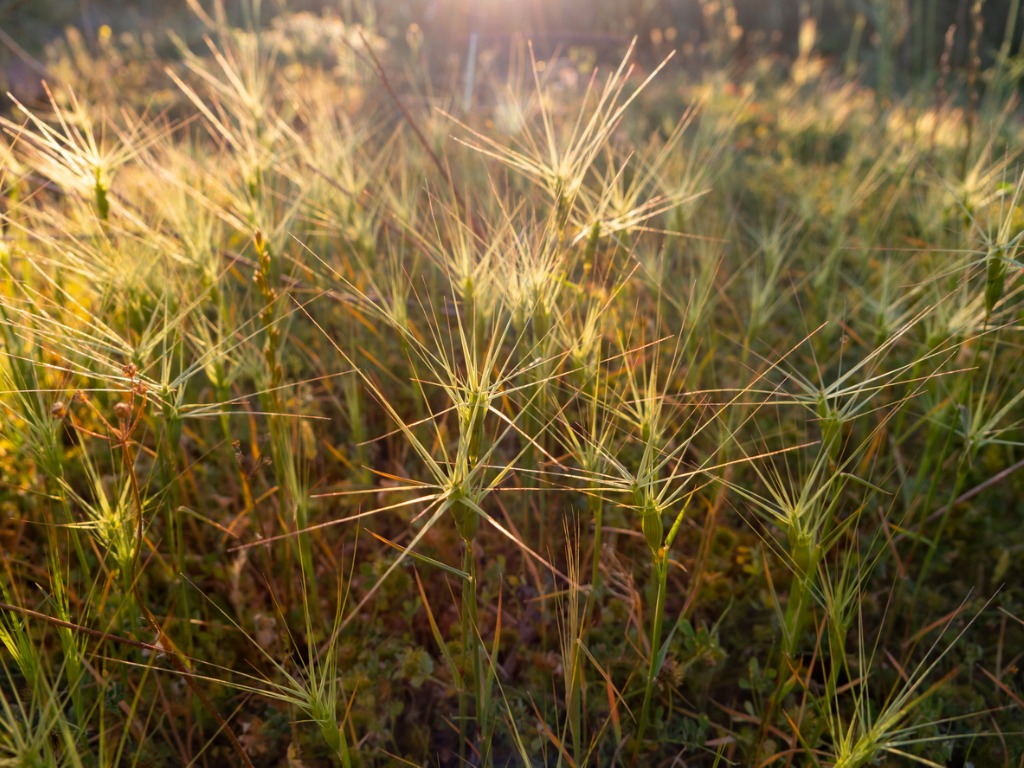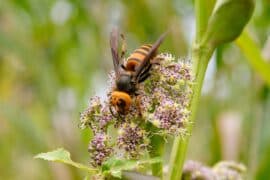Goatgrasses
(Aegilops)

Description
Aegilops is a genus of Eurasian and North American plants in the grass family, Poaceae. They are known generally as goatgrasses. Some species are known as invasive weeds in parts of North America. These are annual plants, sometimes from rhizomes. The taller species reach about 80 centimeters in maximum height. The flat leaves are linear to narrowly lance-shaped, and are up to 15 centimeters long and one wide. The inflorescence is a spike with 2 to 12 solitary spikelets each up to 1.2 centimeters long. Some spikelets have one or three awns, and some have none. Genus Aegilops has played an important role in the taxonomy of wheat. The familiar common wheat (Triticum aestivum) arose when cultivated emmer wheat hybridized with Aegilops tauschii about 8,000 years ago. Aegilops and Triticum are genetically similar, as evidenced by their ability to hybridize, and by the presence of Aegilops in the evolutionary heritage of many Triticum taxa. Aegilops is sometimes treated within Triticum. They are maintained as separate genera by most authorities because of their ecological characteristics, and because when united they do not form a monophyletic group. Some Aegilops are known as weeds. A. cylindrica, which is commonly known as jointed goatgrass, infests wheat fields, where it outcompetes wheat plants, reducing yields. Its seeds mix with wheat grains at harvest, lowering the quality of the crop. It can also harbor pests such as the Russian wheat aphid (Diuraphis noxia) and pathogenic fungi. Other Aegilops are weeds of rangeland and wildland habitat. During the Mesolithic era, nomadic peoples found goatgrasses (Aegilops) growing wild, along with wild wheats and barleys, and harvested them using bone sickles inset with sharp flakes of flint. The harvested plants were left to dry for a few days, then the edible grains were separated out from the rest of the plant material by beating the plants with a wooden flail, or by rolling them against a hard surface. The seeds were then carefully singed in the embers of a fire to burn away the remaining non-edible plant material. Some grains were accidentally burnt, and since the burnt grains do not biodegrade some have been found by modern archeologists.
Taxonomic tree:







